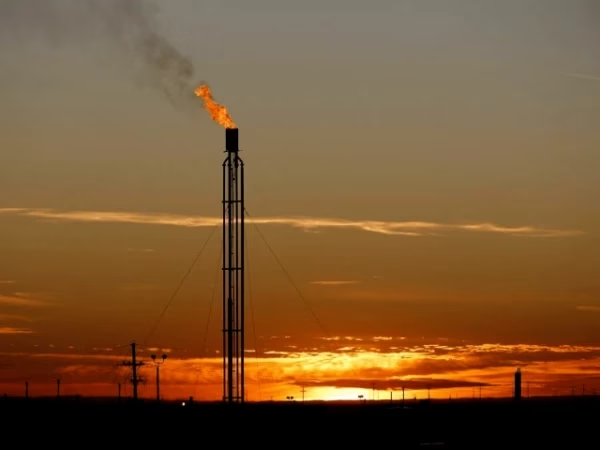A significant increase in gas production from Sindh’s Gambat South Block 2 has brought encouraging news for Pakistan’s energy and economic landscape. Pakistan Petroleum Limited (PPL) has confirmed this development, marking a positive step toward addressing the country’s ongoing energy challenges. The rise in output not only strengthens domestic supply but also signals improved field performance through strategic resource recovery efforts.
Located in Sanghar district, the Gambat South Block has long been an important contributor to Pakistan’s natural gas network. The latest update reveals that production from the GPF-2 facility has increased from 55 mmcfd to 60 mmcfd. This increase in gas production amounts to an additional 5 mmcfd, improving overall supply capacity and reducing pressure on imported fuel sources.
A Strategic Development for Pakistan’s Energy Security
PPL’s spokesperson stated that this increase in gas production is a direct result of enhanced operational strategies aimed at maximizing hydrocarbon recovery from the existing field. This means that instead of relying solely on new discoveries, Pakistan is now successfully improving output from active wells—an essential strategy for long-term energy stability.
With Pakistan facing repeated cycles of energy shortages, rising fuel import bills, and increasing demand from households and industries, even a moderate boost like this plays an important role. Improved domestic supply helps ease reliance on expensive LNG imports, supports electricity generation, and stabilizes gas availability for industrial operations.
Additional Production of Oil and LPG
Along with natural gas, the Gambat South Block is also producing crude oil and LPG—two crucial components of Pakistan’s energy mix. According to PPL:
- 35 barrels of crude oil are being produced daily
- 1 metric ton of LPG is generated every day
These additional outputs contribute further value, helping refine local fuel stocks and supporting industries that depend on LPG for operations.
The block is jointly owned, with PPL holding a 65 percent stake, highlighting the company’s major role in driving exploration and production across Pakistan. Its consistent investments in technology, reservoir management, and operational efficiency continue to benefit the national economy.
Economic Impact of the Increased Output
Experts believe that the recent increase in gas production will offer multiple economic advantages. Pakistan’s economy, which has struggled with high energy imports and foreign exchange pressures, gains immediate relief when domestic production increases. Here are some key benefits:
✅ 1. Reduced Dependence on Imported LNG
LNG imports constitute a large portion of Pakistan’s energy expenditure. By boosting domestic gas output, the country can lower import requirements and save valuable foreign reserves.
✅ 2. Stabilization of Industrial Activity
Industries such as textiles, fertilizer, and steel rely heavily on consistent gas supply. An increase in gas production ensures smoother operations, which in turn supports employment, exports, and economic growth.
✅ 3. Strengthening of the Local Energy Market
Greater production improves confidence in Pakistan’s exploration potential, attracting further investment into the energy sector and modernizing critical infrastructure.
✅ 4. Support for Power Generation
More gas availability allows power producers to shift away from costlier diesel or furnace oil, leading to more affordable electricity for consumers.
Improved Field Management and Operational Efficiency
PPL’s ability to extract more gas from existing wells showcases its commitment to modern drilling and reservoir management techniques. By focusing on enhanced recovery methods, the company is ensuring that Pakistan’s natural resources are optimally utilized.
Technological upgrades, improved pressure management, and better production planning have helped achieve this increase in gas production, proving that Pakistan’s mature fields still hold promising potential.
A Positive Outlook for Pakistan’s Energy Future
This latest development supports the broader national goal of achieving energy independence. While Pakistan continues to explore new reserves in offshore and onshore blocks, increasing output from established fields is equally important.
Energy analysts believe that consistent improvements like this can strengthen Pakistan’s long-term planning for:
- Upgrading gas distribution networks
- Expanding refinery capacity
- Encouraging foreign investment in exploration
- Reducing energy shortages across cities and industries
The increase in gas production from Gambat South Block 2 comes at a crucial time for Pakistan. As the country navigates economic challenges and energy shortages, even modest gains in domestic output help stabilize the broader system. With added crude oil and LPG production, the development further enhances Pakistan’s energy portfolio.
PPL’s successful optimization of this field demonstrates what strategic management and technological efficiency can achieve. This positive momentum is expected to contribute to long-term energy security and offer much-needed support to Pakistan’s economy.



